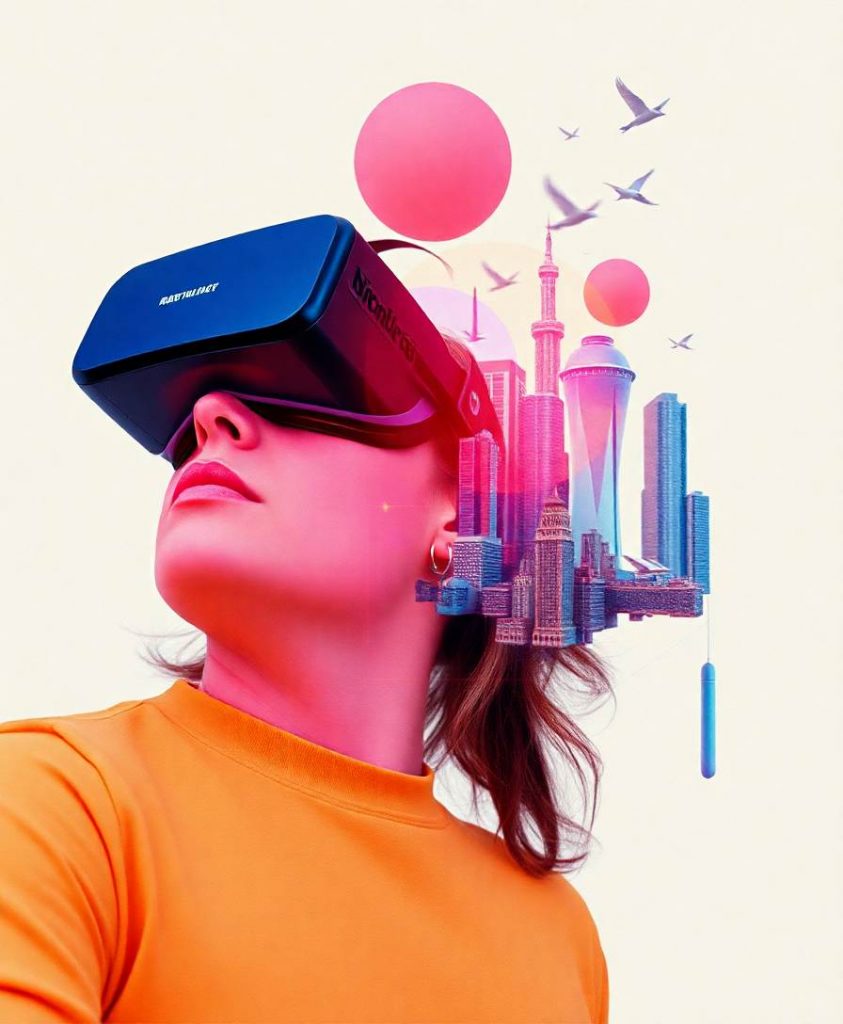ObjectiveTranslations and adaptations of traditional neuropsychological tests to virtual reality (VR) technology bear the potential to increase their ecological validity since the technology enables simulating everyday life conditions in a controlled manner. The current paper describes our translation of a commonly used neuropsychological test to VR, the Rey Auditory Verbal Learning Test (RAVLT). For this aim, we developed a VR adaptation of the RAVLT (VR-RAVLT) Which is based on a conversation with a secretary in a virtual office using a fully immersive VR system. To validate the VR-RAVLT, we tested its construct validity, its age-related discriminant validity and its test-retest validity in reference to the original gold standard RAVLT (GS-RAVLT).MethodSeventy-eight participants from different age groups performed the GS-RAVLT and the VR-RAVLT tests in a counterbalanced order in addition to other neuropsychological tests. Construct validity was validated using Pearson’s correlations coefficients and serial position effects; discriminant validity was validated using receiver operating characteristic area under the curve values and test-retest reliability was validated using intraclass correlation coefficients.ResultsComparing both RAVLTs’ format results indicates that the VR-RAVLT has comparable construct, discriminant and test–retest validities.Conclusionthe novel VR-RAVLT and the GS-RAVLT share similar psychometric properties suggesting that the two tests measure the same cognitive construct. This is an indication of the feasibility of adapting the RAVLT to the VR environment. Future developments will employ this approach for clinical diagnosis and treatment.



